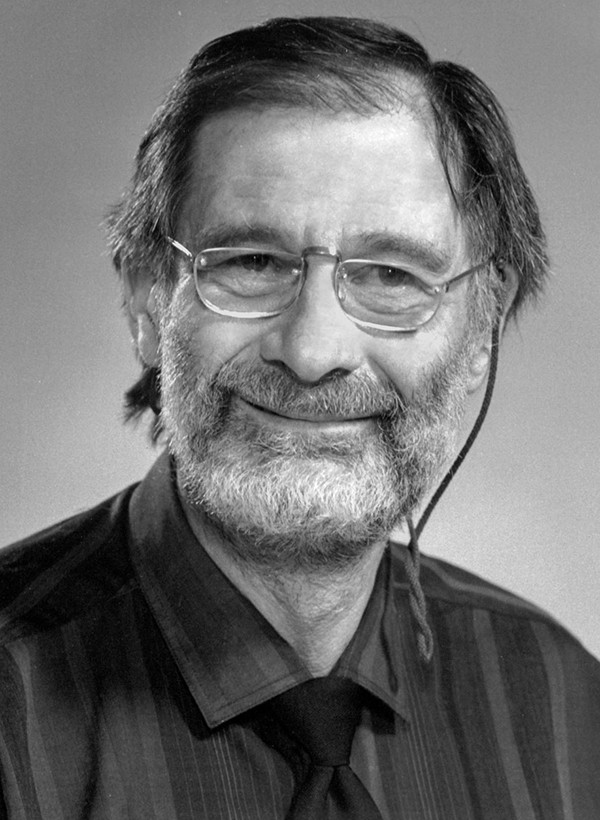Pioneering animal scientist Van Soest dies at 91
By Krishna Ramanujan
Peter Van Soest, professor emeritus of animal science, one of the most influential animal scientists of his generation, died on March 21 in Ithaca. He was 91.
Van Soest’s pioneering work permanently changed the chemical and in vitro analysis of feeds and the understanding of herbivore nutrition. His novel and revolutionary methods of analysis created the standard for how researchers measure the nutritional value of ruminating animal forages worldwide.
“Van Soest was a one-of-a-kind scientist and professor, but he was also a unique individual with a myriad of interests – a modern Renaissance man,” said David Mertens, Ph.D. ’73, president of Mertens Innovation Research LLC and a former graduate student and friend of Van Soest. “His curiosity knew few bounds and he had the passion and intellect to pursue whatever interested him.”
Van Soest was born June 30, 1929, and grew up on a dairy farm in Snohomish, Washington. He earned a B.S. degree in 1951 and a M.S. in 1952, both from Washington State University, and a Ph.D. from the University of Wisconsin in 1955. After serving in the U.S. Army as a biochemist at the Walter Reed Army Institute of Research in Silver Spring, Maryland, Van Soest joined the Dairy Cattle Research Branch of the Animal Husbandry Research Division at the U.S. Department of Agriculture-Agriculture Research Service in Beltsville, Maryland.
He joined Cornell’s Department of Animal Science in 1968, and retired as a professor emeritus in 1995. He continued to publish papers and informally teach graduate students into his 90th year.
One major area of Van Soest’s research involved developing a nutritionally relevant fiber analysis. Van Soest’s detergent analysis gave researchers a way to precisely separate the chemical components of feeds into three categories: parts that were digestible to all animals; indigestible without fermentation; and completely indigestible. This work offered new ways to measure chemical compositions and the exact energy output of feeds. Van Soest’s detergent analysis has been expanded and adopted worldwide, replacing a less accurate system that had been used since the 1860s. Further, his work in fiber chemistry was adopted by human nutritionists and researchers interested in the effects of dietary fiber on gut health and obesity.
“As great as he was as a scientist, Peter Van Soest was also a consummate teacher and mentor – he loved to teach at every opportunity,” Mertens said. “Innumerable students benefitted from his knowledge and ability to explain complicated concepts in ways that made them easier to understand.”
One of his other significant contributions was as a co-inventor of the Cornell Net Carbohydrate and Protein System, a cattle nutrition model currently used to formulate diets for over 70% of dairy cattle in North America and used in over forty other countries.
“Peter’s ability to translate his methods and understanding of biological systems into a functional quantitative framework fully characterizes his ability to synthesize data and provide solutions which are still applicable today,” said Mike Van Amburgh Ph.D. ’95, professor of animal science and also a former student.
Van Soest’s numerous honors included awards from the American Dairy Science Association and the American Society of Animal Science, election as a fellow of the American Institute of Nutrition, and an honorary doctorate from the University of Milan in 1992.
An accomplished musician and music historian, Van Soest is survived by his ex-wife Marian Van Soest, three children and four grandchildren.
Gifts may be made to Ithaca Hospicare in Peter’s name and a graduate student scholarship is being developed in his name.
Media Contact
Get Cornell news delivered right to your inbox.
Subscribe

